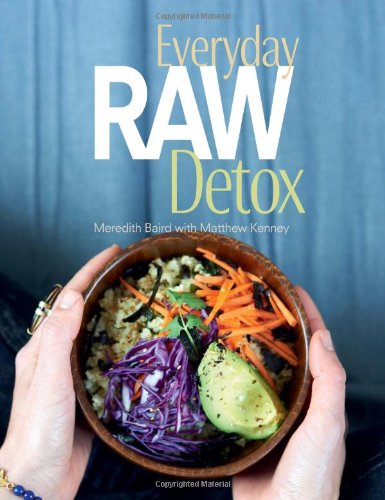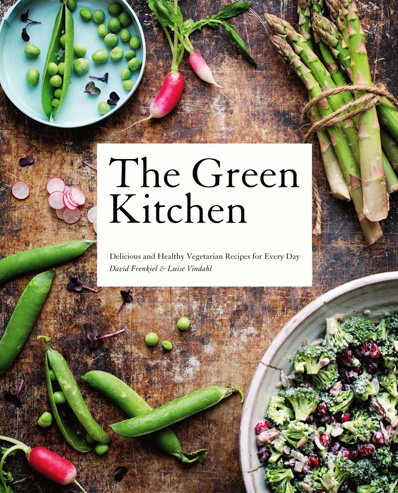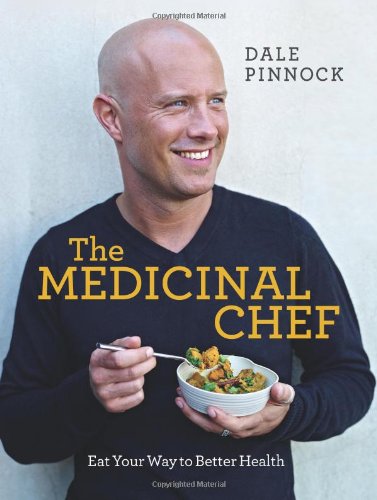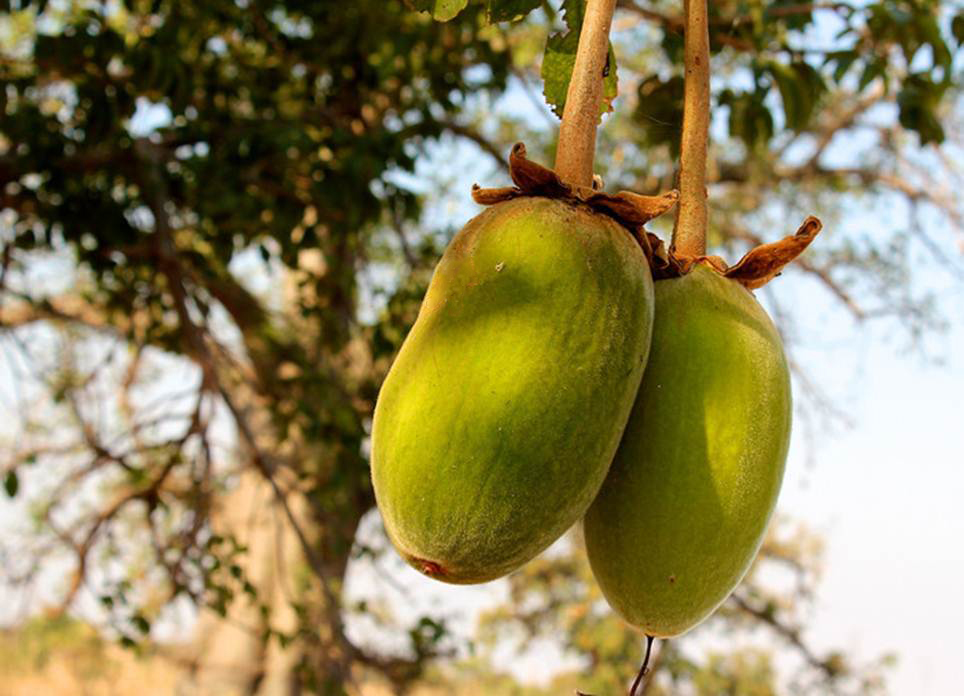Rosie Millen is a girl who knows that you are what you eat. Her diet is super healthy, and it shows. Rosie is a former model who qualified as a professional nutritional therapist. Together with her team at
Miss Nutritionist, she spends her days helping people achieve better health. She gave us a peek inside her world.
What do you eat on a normal day?
My diet is very 'Paleolithic' so it consists mostly of protein in the form of eggs, fish, chicken, quinoa and protein shakes and then lots of vegetables, nuts, seeds and some fruits. I don't eat many grains. I also eat gluten and dairy free.
Which three foods are always in your fridge?
Eggs, spinach and almond milk.
What are your go-to healthy snacks?
Houmous and crudites is a fail-safe if I am at home. If I am out and about it will be a whey protein shake with almond milk, some nuts, or a healthy food bar. I tend to make the bars at home. Here's a great recipe to try for yourself.
What is the most common health complaint you hear from clients and what is the first thing you suggest to improve it?
Low energy levels. This almost always improves when protein is increased in the diet.
How do you balance work and your social life with looking after yourself and staying healthy?
It all goes hand in hand. When I am socialising I am still 'working' as I find it a useful way to network. From a food perspective I make time to always prepare healthy food and snacks so I never get caught out. And as a rule I don't work on Sundays!
What is your favourite way to work out?
Definitely with a personal trainer in the gym! I like a session that really puffs you out. Failing that you can't beat a bike ride in the sunshine.
Do you take any supplements?
Yes, religiously. I take protein powder, fish oils, a B vitamin complex and probioitcs everyday. I also take a herb called Siberian ginseng to support my adrenal glands.
What is your top beauty food?
Argan oil. It's the oil from the fruit of the argan tree, which grows in Morocco. My favourite is Arganic. It's obviously great for adding to salad dressings but I also like slapping it on my face every night before bed! It's high in vitamin E so gives you an amazing clear glow the next day. That's a true skin food!







